Wales play Martin O’Neill’s Republic of Ireland on Thursday night in what is a rematch of last October’s winner-takes-all World Cup qualifier, a face off which saw the boys in green take one step closer to the World Cup while simultaneously breaking Welsh hearts.
As it happened, the Irish didn’t make it to Russia either, suffering a humiliating 5-1 defeat at the hands of a Christian Eriksen-inspired Denmark.
Eleven months on, and much has changed on both sides of the Irish Sea. Last year’s clash in Cardiff proved to be the last for Chris Coleman, with Ryan Giggs taking the reigns, who has shown a keenness so far to blood young talent and will likely continue to do so on Thursday. From an Irish perspective, the build-up has been dominated by news of backroom disharmony – specifically speaking, between ‘no-nonsense’ (I’m being kind) assistant manager Roy Keane and Cardiff City’s Harry Arter – and a number of key injuries to their starting eleven.
Five men that lined up in Cardiff last year won’t be playing on Thursday night. One man that will be returning to the line-up, who certainly would’ve started if he had been available, is captain Seamus Coleman.
Seamus Coleman
Even when everyone’s fit, few would disagree that the Donegal-born right-back is the Republic of Ireland’s best player. Since returning to action after the horrific double leg-break he suffered in Dublin – inflicted by our own Neil Taylor – he has been one of the few positives in what is a leaky Everton defence. When he first burst onto the scene in 2010, and for several years after, he was widely-considered to be a fantastic attacking full-back but lacking defensively (criticised for this by none other than Roy Keane himself on ITV).
While this side of his game has improved significantly, his attacking capabilities remain his greatest strength. When playing for Everton, he is widely lauded for his marauding runs down the right flank, causing considerable damage to opposition defences as the most advanced Everton player on the field. He performs a similar role for Ireland, despite O’Neills more defensive-minded tactics, getting into advanced positions regularly to cause the opposition problems.
If Giggs opts for the same formation as in the China Cup (3-4-2-1), it will be key for whoever’s on the left side of the four to negate Coleman’s influence, by tracking his runs into the final third to prevent him from getting one-on-one with one of our centre-backs. This would be especially problematic during an Irish counter-attack, with Coleman’s pace crucial to that facet of their game.
A general view of what it might look like if our LM/LWB gets caught upfield – if SC advances into that space, it will leave our LCB with a decision to make. (The yellow circle is where the LM/LWB should be and the blue lines indicate who’s marking who.)

If he goes to meet SC (which he must do in this situation), it leaves our other two centre backs outnumbered. If our CB covers the space behind our LCB, it leaves even more space for the Irish attackers centrally.

Jeff Hendrick
In an Irish midfield accused of being largely devoid of creativity, Jeff Hendrick is a player who offers some spark. He first came to international attention during Euro 2016, where several sparkling performances led to the Dublin-born attacking midfielder becoming Burnley’s record signing, as well as being tipped as the man to drive Ireland to the World Cup.
As we all know, it didn’t quite work out that way. While it’s true he’s failed to scale the heights of Euro 2016 since, he still remains the player in which most Irish attacks go through. He’s very good at feeding off second-balls – predicting where the ball is going to be, picking it up, and quickly releasing it to another attacking player. He’s also hard-working and tenacious, which makes him a great pressing option.
The Welsh midfield will have to be weary of Hendrick dropping in between our back line and midfield, to prevent him from picking up the aforementioned second-balls as well as the scraps he will get from the long balls thumped up to the Irish attackers. Wales will also have to be careful with possession upon winning it back in their own half, with his pressing having the potential to cause them problems if they hesitate with the ball (unfortunately, a perfect example of this is James McClean’s goal last year – see how Hendrick wins the ball back after closing down Ashley Williams).
Jonathan Walters
Another Burnley man, Jonathan Walters isn’t the archetypal big-fella-up-top he first seems. He’s got plenty of Premier League football under his belt (233 appearances, to be exact), and of the 43 goals he’s scored, several were important ones, particularly the ones scored in Stoke colours.
Whilst it’s true that he’s a bit of a lump, there’s more to his game than his physicality. Despite not being one of the most technically gifted players, his style fits perfectly into Martin O’Neill’s tactical ethos. He’s hard-working, incredibly fit by all accounts (even at the ripe old age of 34), and has great awareness when holding the ball up, bringing the other Irish attackers into play and drawing fouls in dangerous areas. He also works well with Jeff Hendrick, providing the scraps previously referred to, and can also finish well when given the opportunity.
He’s not had much game time in the last year, but if he plays, he will be central to Ireland’s attack. The Welsh defence will need to be competitive in the air and not allow him to easily pick out his team-mates in support, as if he’s allowed to give the Irish attack a focal point deep in our territory it could cause problems.
(Featured image: Lewis Mitchell)

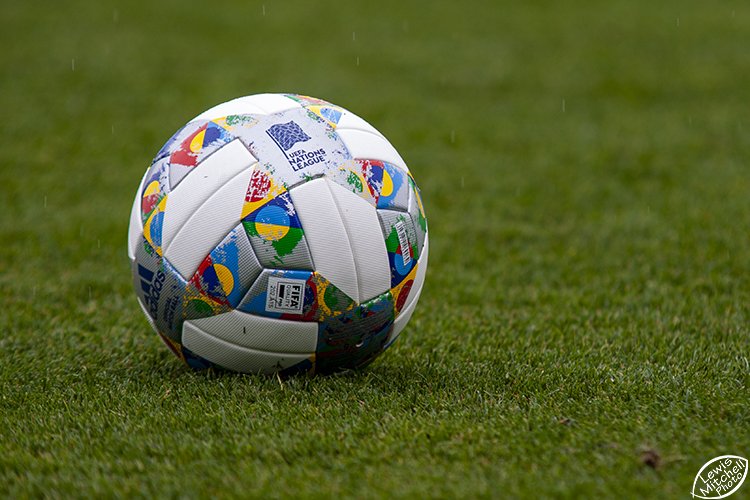
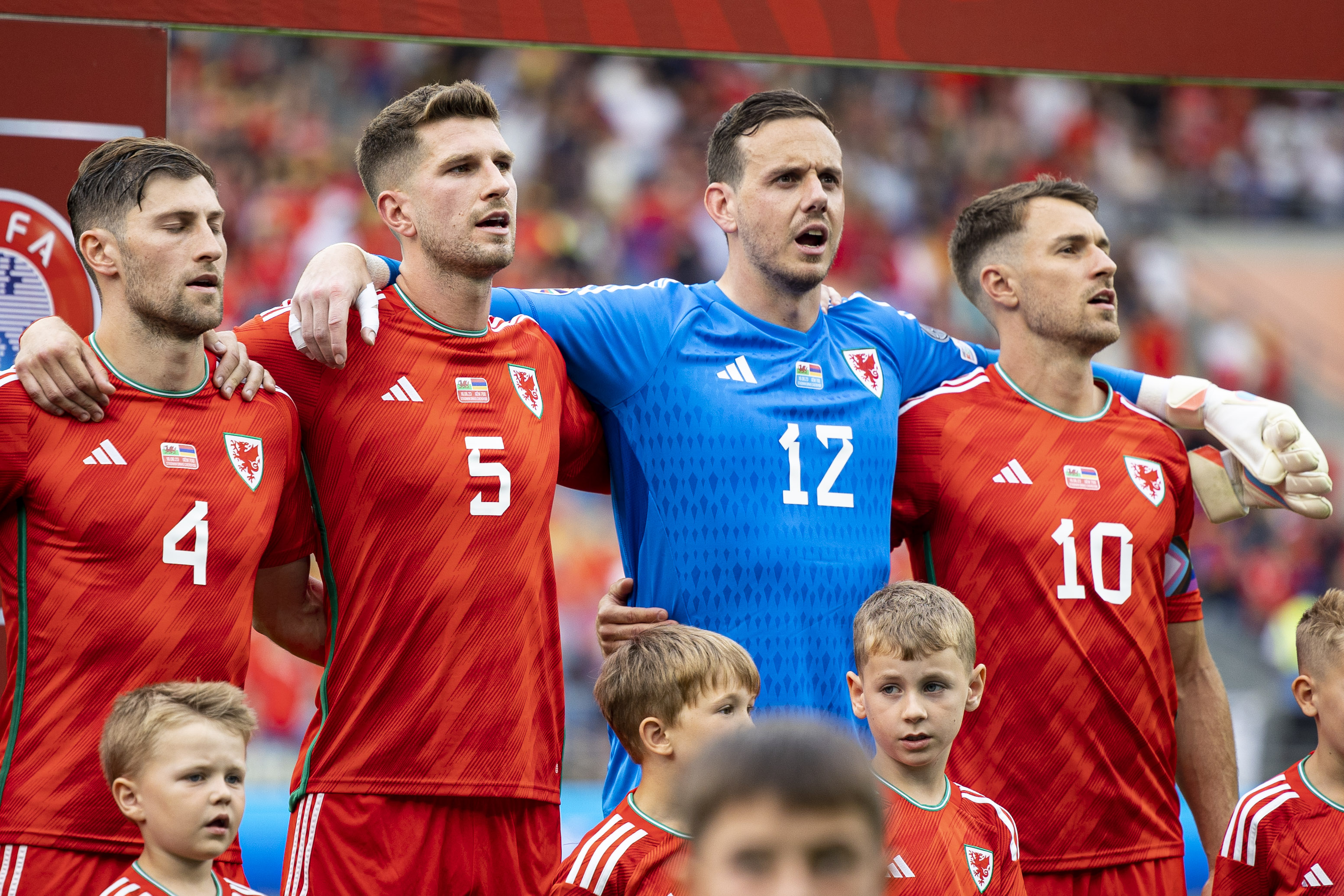
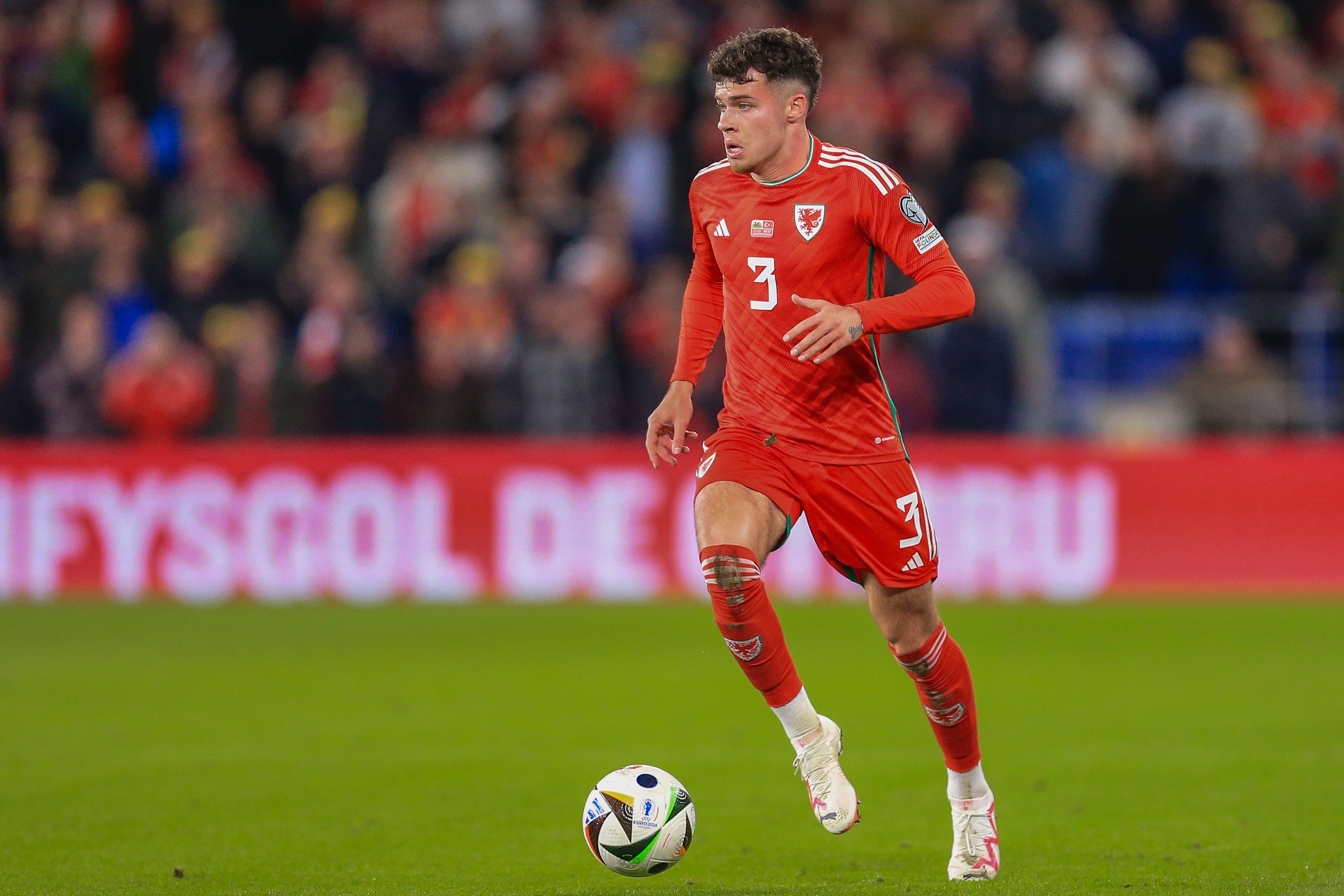
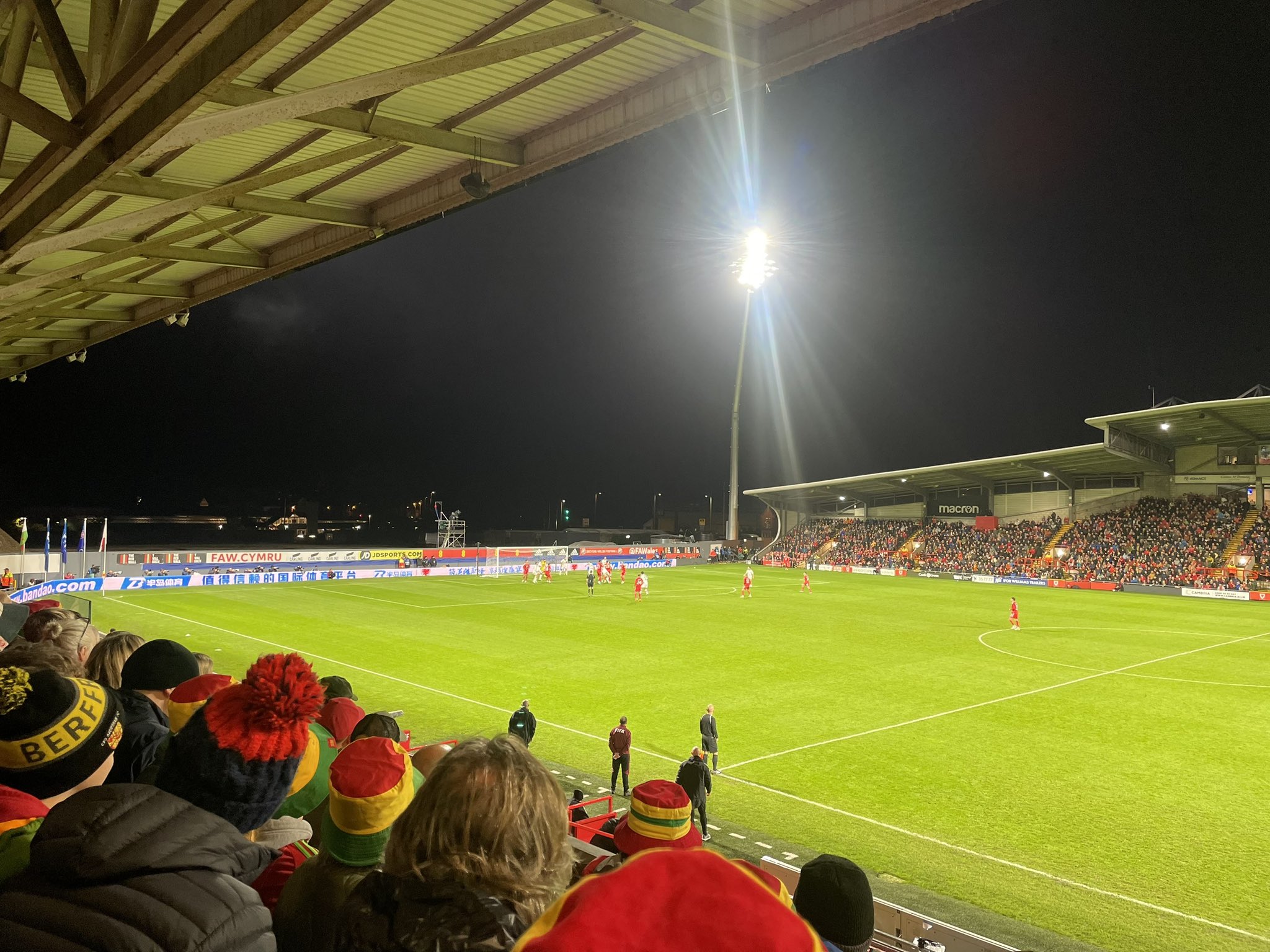
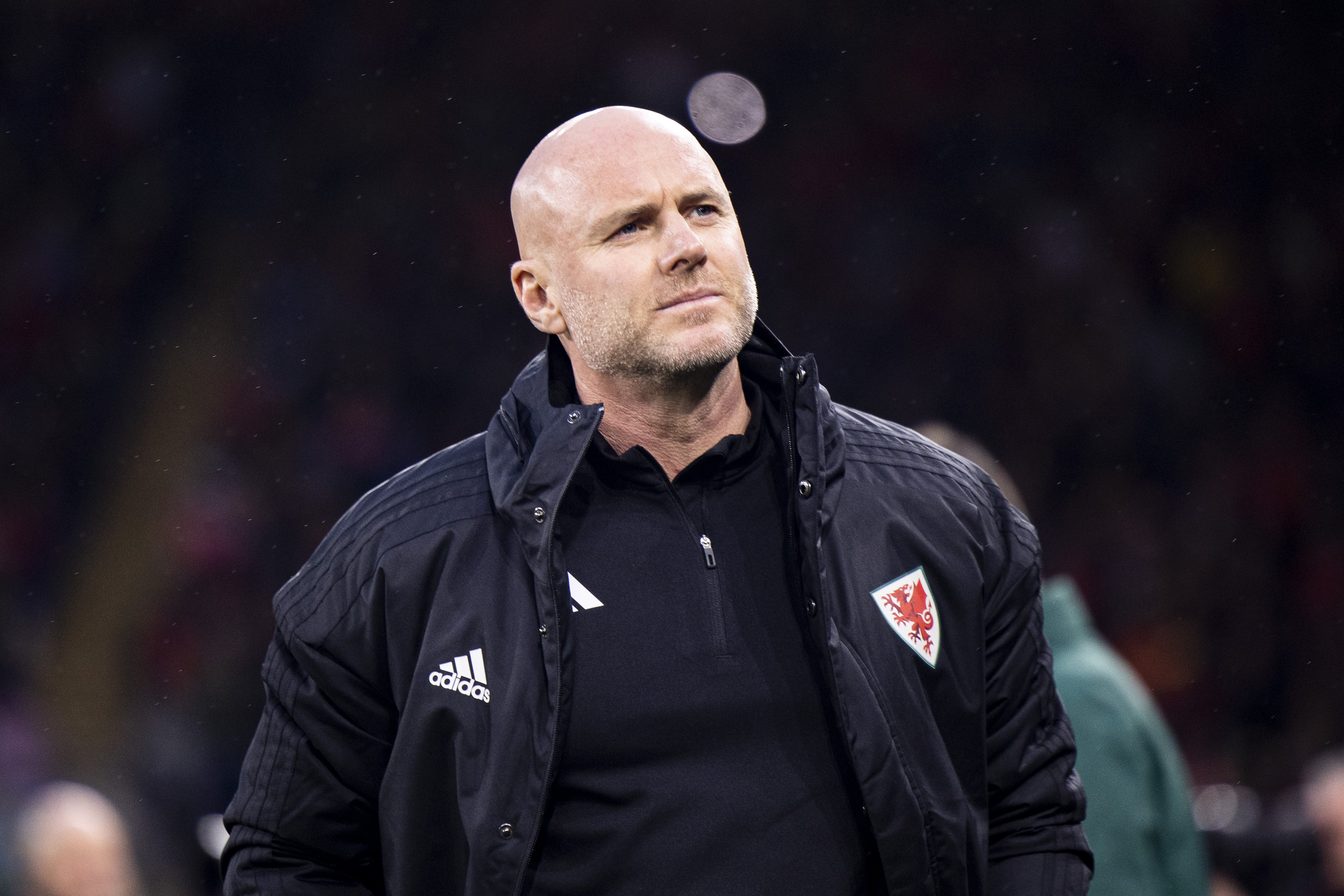
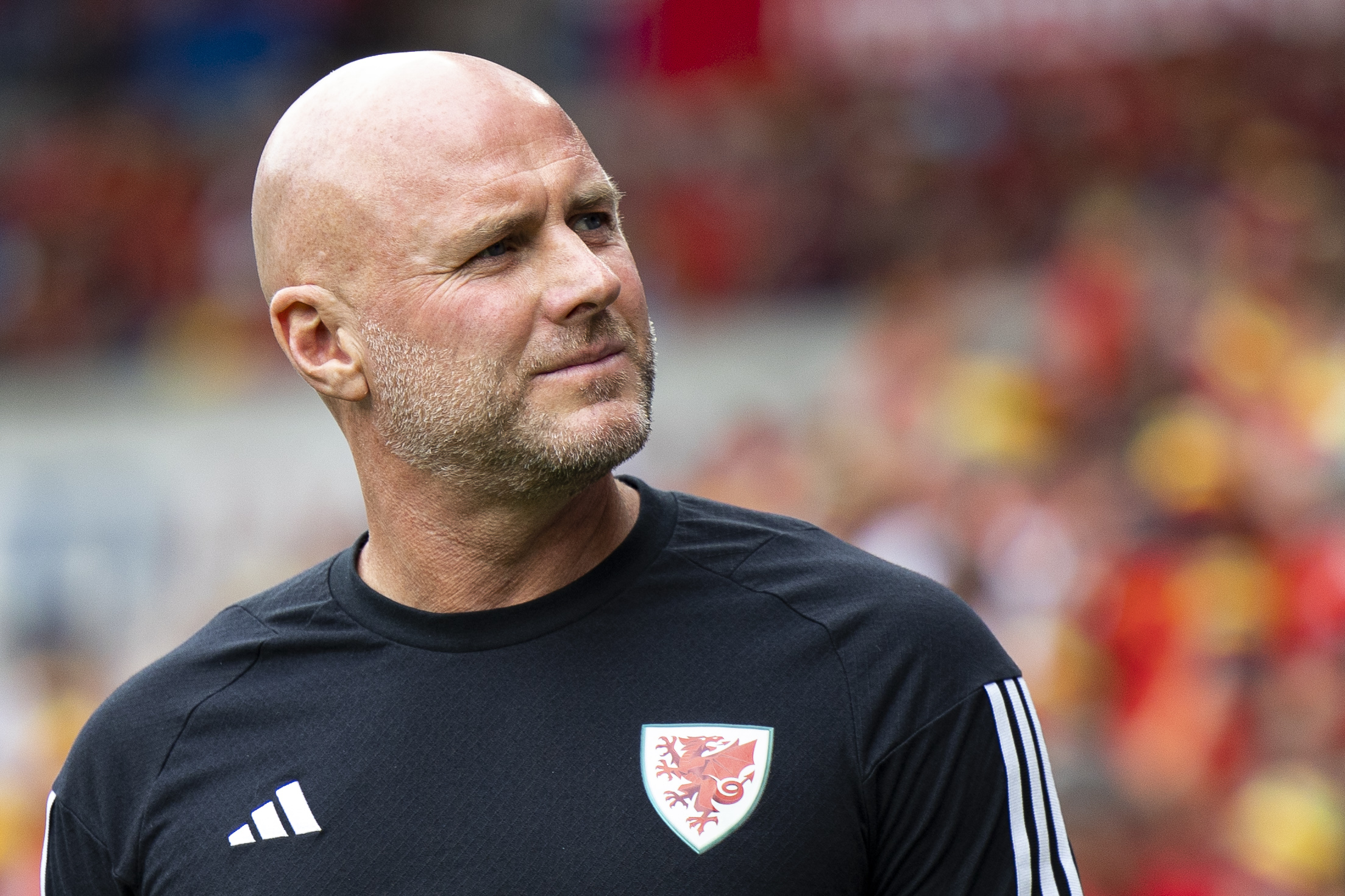


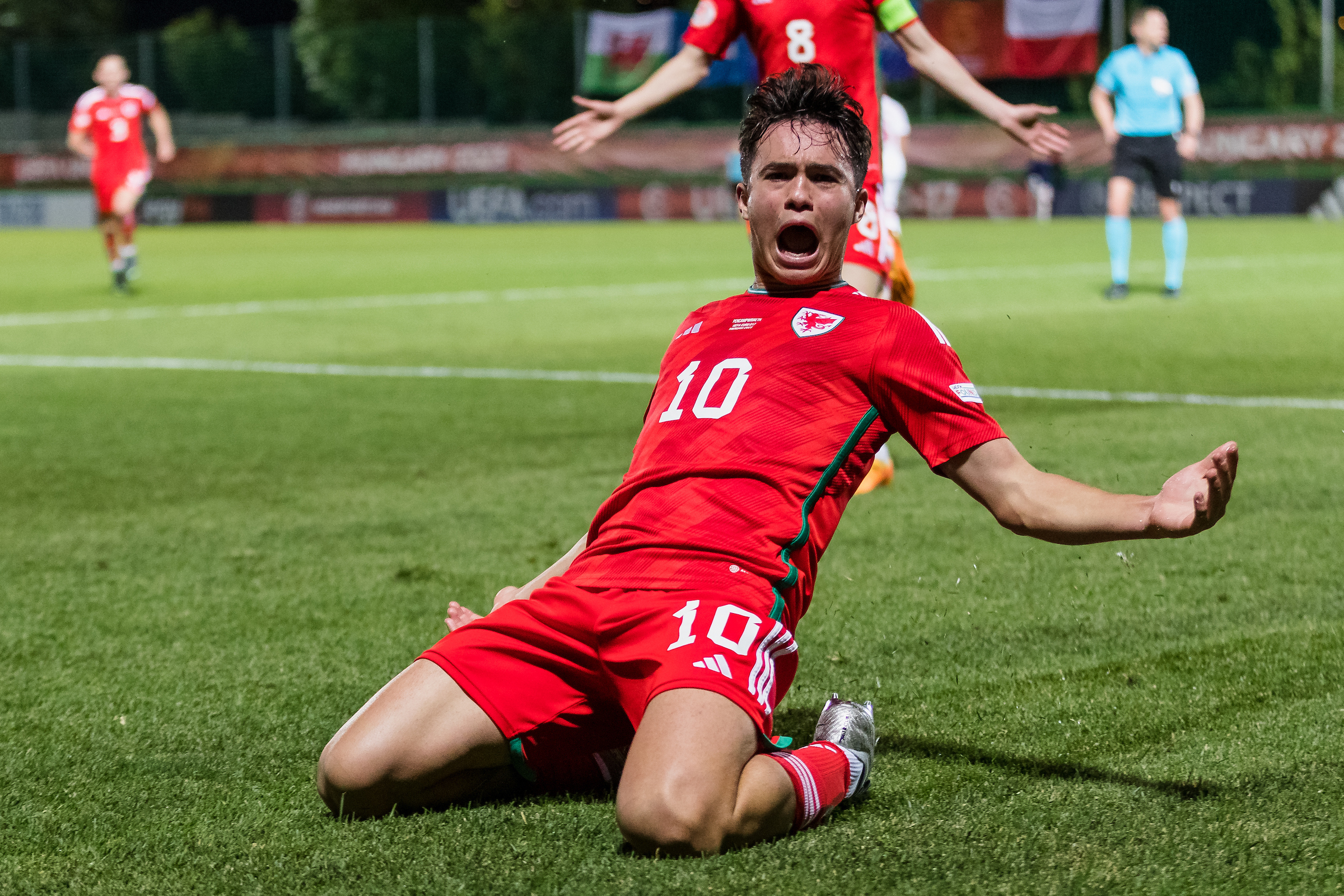
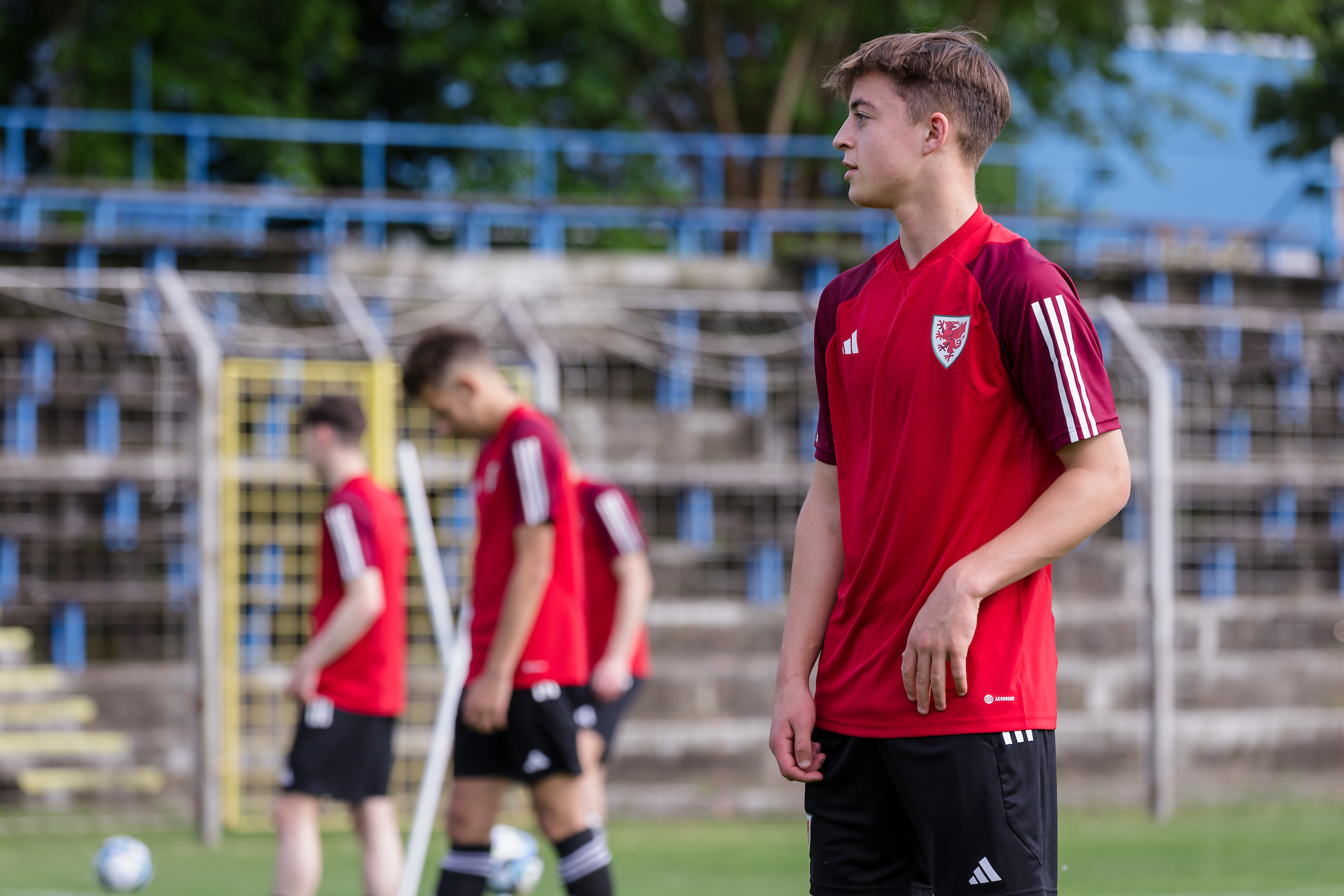

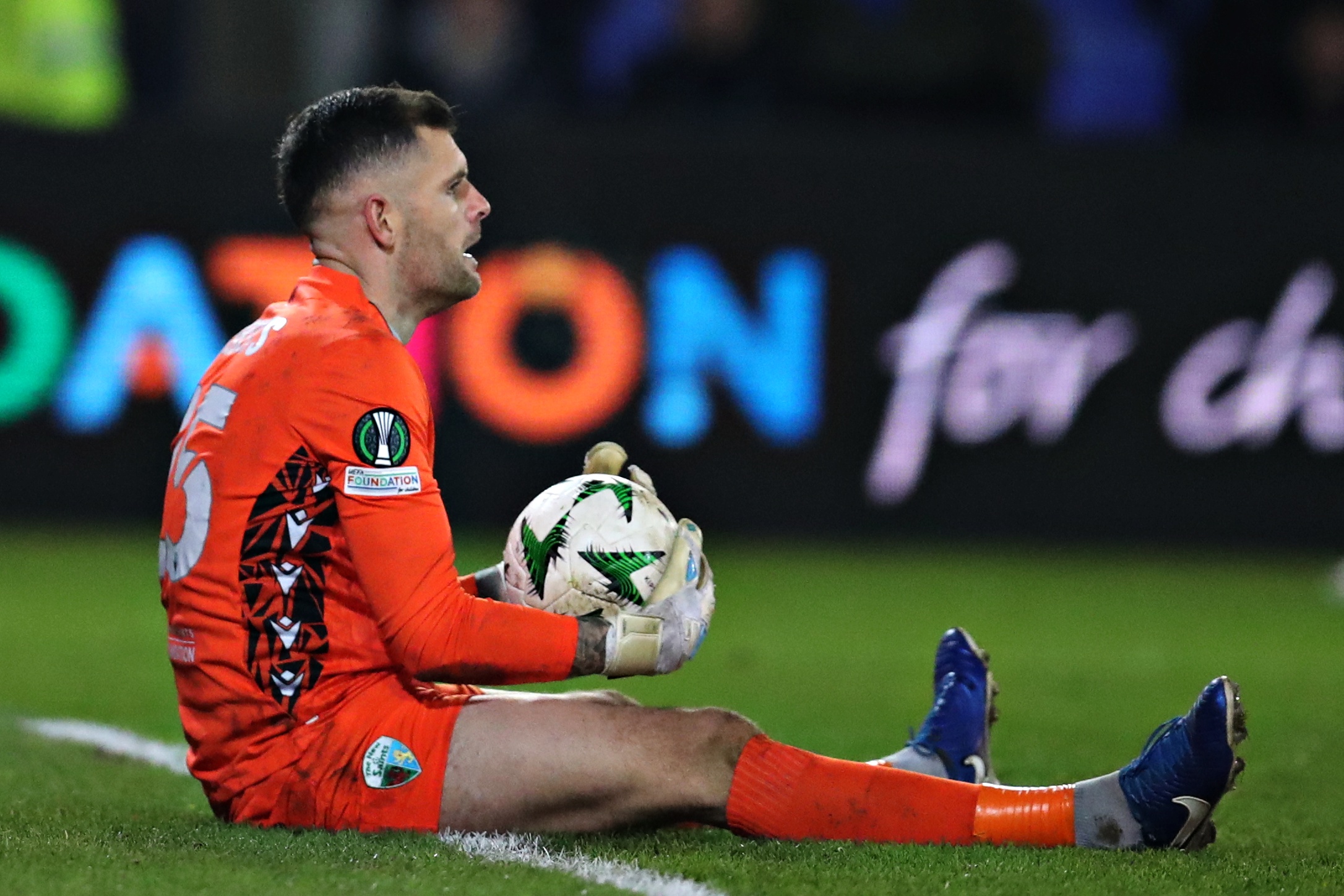

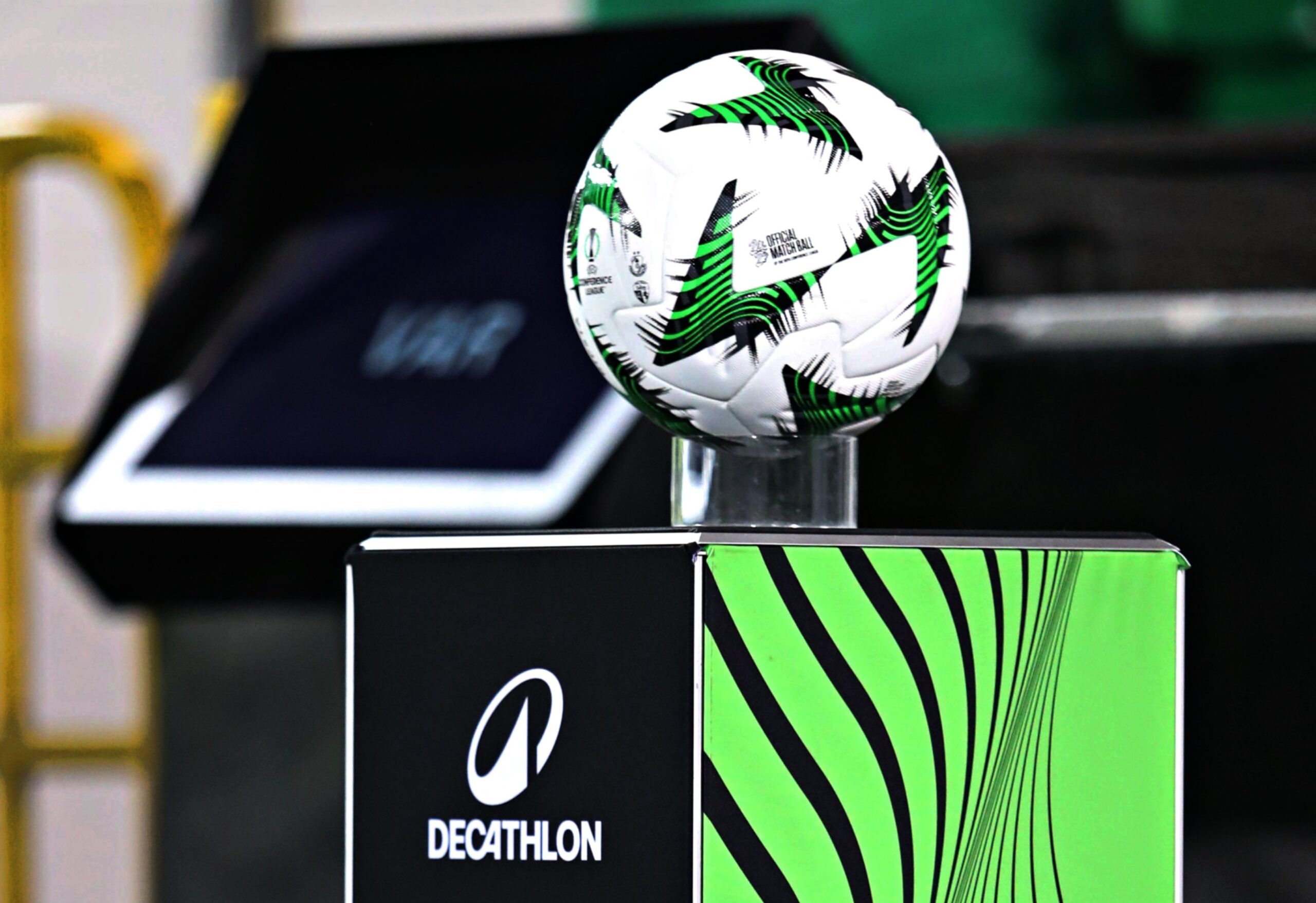
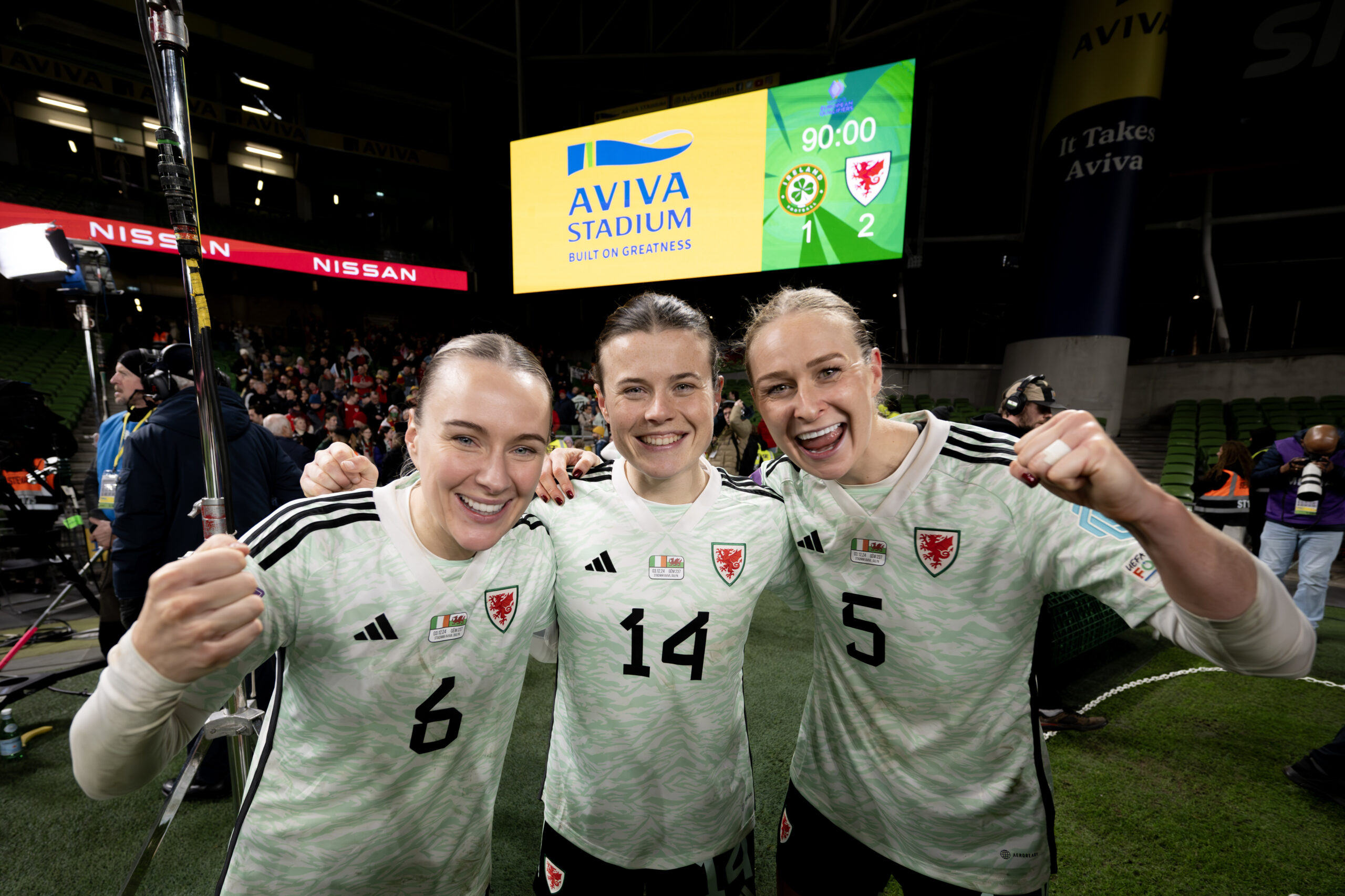
Leave a Reply